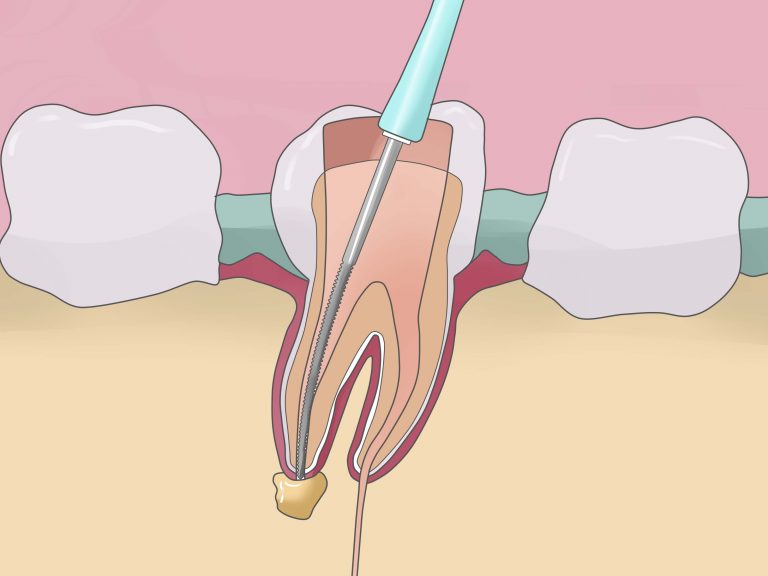More than 60 million root canals are performed each year, mainly on people who are unaware that the operation is risky and unsafe.
Although the early effects are appealing, the truth is that germs will never be totally removed from the tooth. Furthermore, after this surgery, even beneficial bacteria will be transformed into extremely poisonous anaerobic bacteria, which will continue to thrive and develop inside the tooth, causing a slew of health problems.
Dr. Weston Price was a brilliant dentist and researcher who investigated the relationship between nutrition, dental, and physical health. His research and studies at the Mayo Clinic demonstrated that bacterial growth in root canals can be transferred to animals and recreate the same diseases as the human donor.
In 80 to 100% of the cases, the investigation was successful. Furthermore, heart disease may be transmitted 100% of the time.
The most alarming aspect of it all is that this discovery was made in 1910, thus he was able to show evidence that germs and toxins from root canals can enter the bloodstream and travel throughout the body, causing diseases and problems.
Furthermore, Dr. Price discovered that many degenerative disorders, such as circulation and heart disease, are caused by root canal surgeries. Nonetheless, his studies and discoveries were kept from the public in the 1920s.
Dr. George Meinig (one of the founders of the American Association of Endodontists) discovered his works after 70 years and publicised his discovery in his book, Root Canal Cover Up.
Let us go over the fundamentals of tooth anatomy:
The enamel is the outside covering of the tooth, the dentin is the second layer, and the pulp is the inner core. The periodontal ligament connects the tiny fibres that emerge from the tooth and the fibres that emerge from the bone.
Dentin is not solid and is composed of small dentinal tubules that, if extended, would be around three miles long. Bacteria can hide and grow in this environment.
Dr. Price discovered anaerobic bacteria in only one of the thousands of teeth analysed throughout his research. Because it cannot be sterilised, it provides an ideal habitat for bacteria to thrive and multiply, leading to infections and cavitations (areas of necrotic tissue in the jawbone).
According to the American Dental Association, bacteria discovered in teeth cannot cause disease, however bacteria in root canalled teeth are not the same as bacteria in the mouth.
When it is deprived of nourishment and oxygen, it transforms into an exceedingly harmful, poisonous type that can cause a variety of disorders, jawbone loss, and long-term infections.
He supplied critical information on the five primary bacterial species in Hal Huggins’ article Root Canal Dangers:
Capnocytophaga ochracea
- Found in brain abscesses and related to the dental source of infection.
- Leads to human disease in the central nervous system.
- Linked to septicemia and meningitis.
Fusobacterium nucleatum:
- Leads to infections in the heart, spleen, liver, joints
- Creates toxins which prevent the fibroblast cell division and the wound healing processes
Gemella morbillorum:
Related to meningitis, acute invasive endocarditis, and septic arthritis.
Leptotrichia buccalis:
Reduces the quantity of neutrophils (a type of white blood cell that is crucial for immunological function).
Gingival Porphyromonas:
- “Destroys red blood cells by drilling holes (porins) in them, causing them to bleed to death.” Low red cell counts that do not recover following dental revision are frequently caused by this microbe’s porin activity.
- friendly bacteria are transformed into pathogens
- It alters the integrity of the endothelial lining of blood vessels, resulting in inflammation and bleeding in the inner lining. According to Dr. Huggins, it is a critical phase in the development of atherogenesis, which leads to heart attacks.
Dr. George Meinig discovered that a large portion of chronic sickness stems from root canals, primarily heart and circulation disease, followed by common joint disorders such as arthritis and rheumatism, as well as brain and neurological system issues such as ALS and MS.
As a result, it is critical to thoroughly study this topic before deciding to undergo such a surgical operation.
You, your biological dentist, and your doctor should carefully reconsider all data before deciding whether to undergo a root canal or extract the tooth. Furthermore, the recovery process is heavily influenced by the right before and after operation routine.

